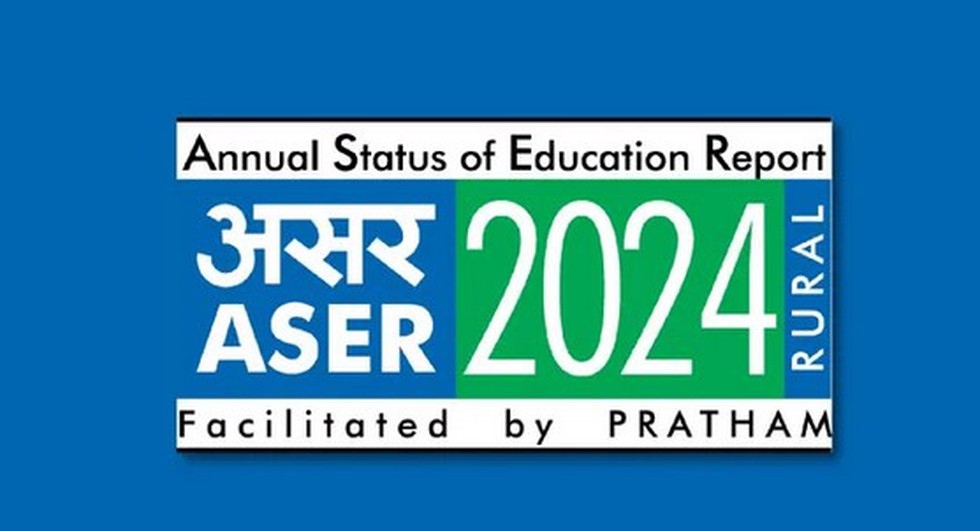About Annual Status of Education Report (ASER):
- It is an annual citizen-led survey that provides reliable estimates of children’s schooling and learning levels in rural India.
- It is published by the Pratham, an NGO, and the survey has been conducted every year since 2005.
- In 2016, ASER switched to an alternate-year model where the ‘basic’ ASER is conducted in all rural districts of the country every other year rather than annually.
- In the gap years, a smaller survey (typically 1-2 districts per state) focuses on other age groups and domains.
- The ‘basic’ ASER survey tracks enrollment for children aged 3-16 and assesses basic reading and arithmetic of children aged 5-16.
- ASER is a household-based rather than school-based survey.
- This design enables all children to be included those who have never been to school or have dropped out; those who are in government schools, private schools, religious, or other types of schools; and those who are absent from school on the day of the assessment.
Highlights of ASER 2024:
- During the pandemic years, there was a big jump in government school enrolment, with the proportion of 6–14-year-old children enrolled in government schools rising from 65.6 percent in 2018 to 72.9 per cent in 2022. This number is back to 66.8 percent in 2024.
- Private school enrolment has been steadily rising since 2006 in rural India.
- The proportion of 6-14-year-olds enrolled in private schools rose from 18.7 percent in 2006 to 30.8 percent in 2014 and stayed at that level in 2018.
- The report also noted that not only has there been a full recovery from the pandemic-induced learning loss, the learning levels in the primary grades are higher than past levels in some cases.
- The percentage of Class 3 children who can perform at least subtraction at the basic arithmetic level was 33.7% in 2024, up from 25.9% in 2022 and higher than the pre-pandemic rate of 28.2% in 2018.
- While private schools saw a rise of about 4 percent, government schools saw a sharper 7 percent surge in this field.
- The percentage of Class 5 children who can now read a text at the Class 2 level was 44.8% in 2024, up from 38.5% in 2022 and nearly matching the 2018 rate of 44.2%.
- However, this percentage has not yet reached pre-pandemic levels at private schools; in 2024, it was 59.3%, up from 56.8% in 2022, but still less than 65.1% in 2018.
- More than 82 percent of children in the 14-16 age group know how to use a smartphone, but only 57 percent of them use it for educational purposes.
- The data in the report shows that both teacher and student attendance in government elementary schools has increased.
- From 72.4% in 2018 to 73% in 2022 to 75.9% in 2024, the average student attendance rose.
- Meanwhile, from 85.1% in 2018, the average teacher attendance rose to 86.8% in 2022 and 87.5% in 2024.
- In pre-primary schools for children aged 5, Karnataka, Gujarat, Maharashtra, Kerala, and Nagaland are among the states with enrollment rates above 90%.
